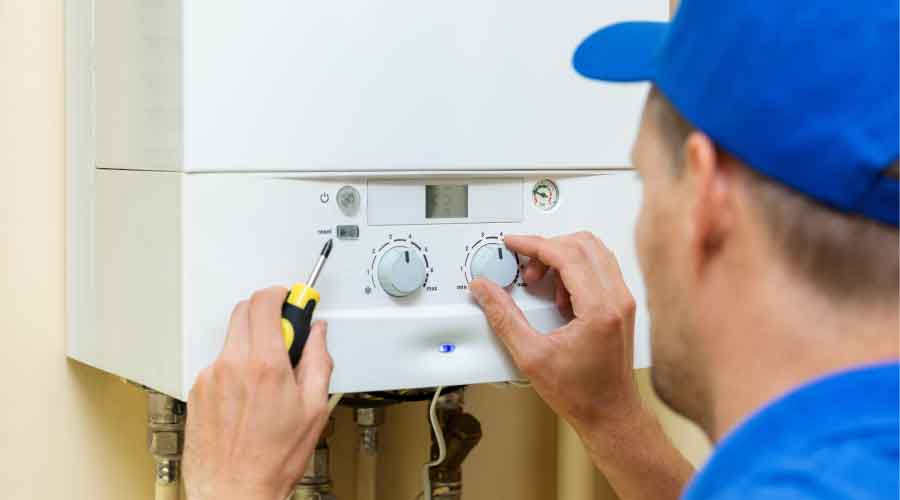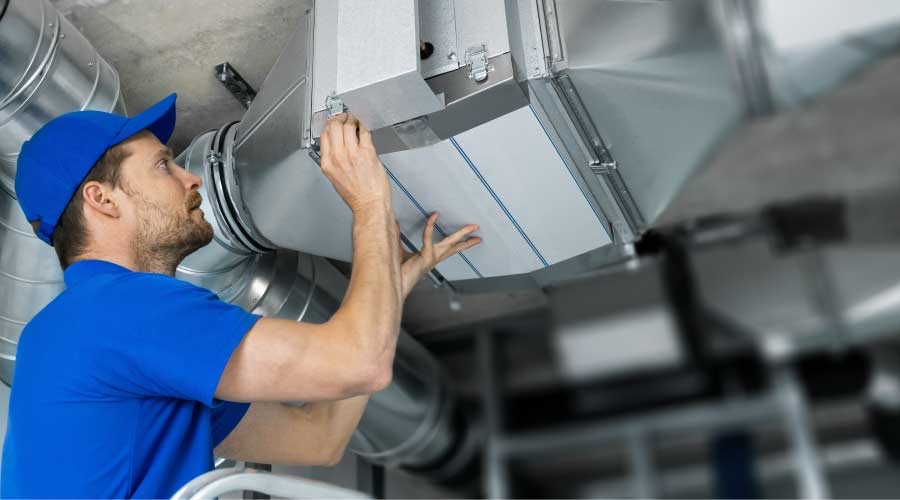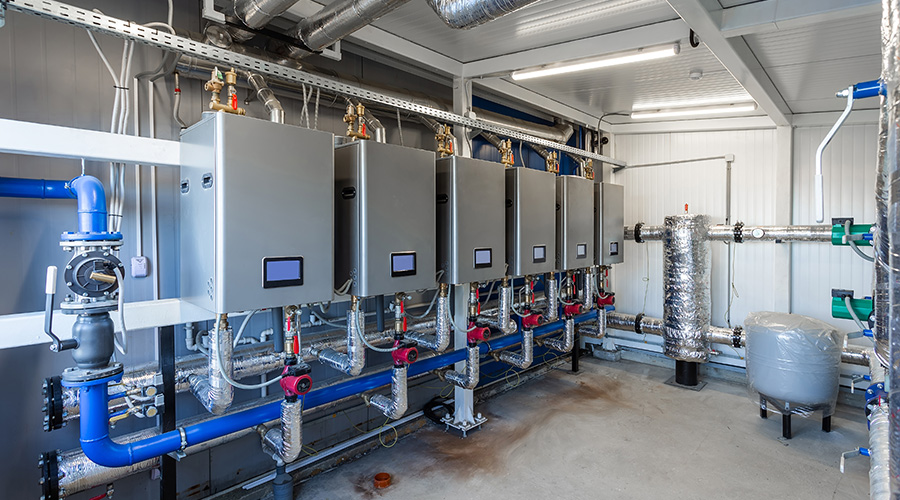HVAC Retrofits: Certification for Energy Savings
Energy conservation remains a high priority for engineering and maintenance managers. Most managers who are specifying products for HVAC retrofits in institutional and commercial facilities are willing to spend a little more for components and products with greater energy efficiency and performance that will reduce energy costs in comparison to standard-efficiency models. The challenge is determining whether a product with premium energy efficiency and a premium price really will perform as promised and produce the savings as hoped.
This question can be particularly difficult to answer when it comes to HVAC products. These products and components are expensive to begin with, and managers will have to live with their decisions for years. Portable cooling units, chillers, boilers, cooling towers, air handling units, refrigeration units, and water heaters all offer potentially long-performance life, and their performance will impact the energy efficiency of the facility for years beyond their installation.
The Role Of Certification
One strategy managers can use in the decision-making process is to look for those products that have been certified to meet specific performance and energy-efficiency criteria by the Air Conditioning, Heating, and Refrigeration Institute (AHRI). By selecting products that meet the criteria of the certification program, managers can feel confident that their product selections will perform as promised by the manufacturer.
Certification from AHRI is a recognition that HVAC products and components meet a set of energy-efficiency and performance criteria. To qualify for certification, manufacturers must submit their product to an independent testing facility. The test facility then performs specific test procedures under set operating conditions in order to evaluate the product's performance. The product receives certification — as well as the label of the certifying body — only after evaluators have verified its performance claims.
One misconception that managers might be working with is that product certification is the same as a product rating. They are not the same. Any manufacturer can state that a product meets the requirements of a particular standard or rating. The test the manufacturer performs in order to meet that claim typically occurs under very specific conditions that might or might not reflect real-world conditions.
Also, the test conditions one manufacturer uses might not duplicate those of another manufacturer. Different test criteria produce different results. It would be similar to comparing the automotive fuel efficiency of two vehicles if one was run on asphalt pavement and the other was run on a gravel road. Comparing the performance of the two products becomes difficult at best. Certification levels the playing field.
Related Topics:














